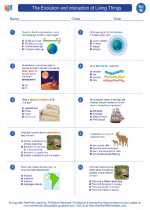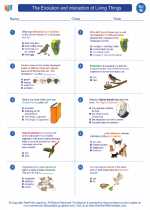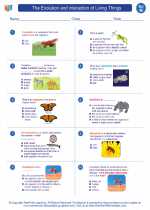Spring Force
Spring force, also known as restoring force, is the force exerted by a spring when it is stretched or compressed. It is a type of elastic force, meaning it is produced when a material returns to its original shape after being deformed.
Understanding Spring Force
When a spring is stretched or compressed, it stores potential energy. This potential energy is proportional to the displacement of the spring from its equilibrium position. The spring force is described by Hooke's Law, which states that the force exerted by a spring is directly proportional to the displacement of the spring from its equilibrium position.
The formula for Hooke's Law is:
F = -kx
Where:
- F is the spring force
- k is the spring constant, a measure of the stiffness of the spring
- x is the displacement from the equilibrium position
Factors Affecting Spring Force
The spring force is influenced by the spring constant and the displacement of the spring. A higher spring constant indicates a stiffer spring, which results in a greater spring force for a given displacement. The displacement of the spring also directly affects the spring force, with greater displacement leading to a greater force.
Applications of Spring Force
Spring force is utilized in various real-world applications, such as:
- Suspension systems in vehicles
- Shock absorbers
- Door hinges
- Trampolines
Study Guide
Here are some key points to remember about spring force:
- Spring force is the force exerted by a spring when it is stretched or compressed.
- It is a type of elastic force and is described by Hooke's Law.
- Hooke's Law states that the force exerted by a spring is directly proportional to the displacement of the spring from its equilibrium position.
- The spring force is influenced by the spring constant and the displacement of the spring.
- Spring force has various applications in everyday objects and engineering systems.
Remember to practice applying Hooke's Law in different scenarios to reinforce your understanding of spring force.
[Spring Force] Related Worksheets and Study Guides:
.◂Science Worksheets and Study Guides Eighth Grade. The Evolution and interaction of Living Things

 Worksheet/Answer key
Worksheet/Answer key
 Worksheet/Answer key
Worksheet/Answer key
 Worksheet/Answer key
Worksheet/Answer key
 Vocabulary/Answer key
Vocabulary/Answer key
 Vocabulary/Answer key
Vocabulary/Answer key
